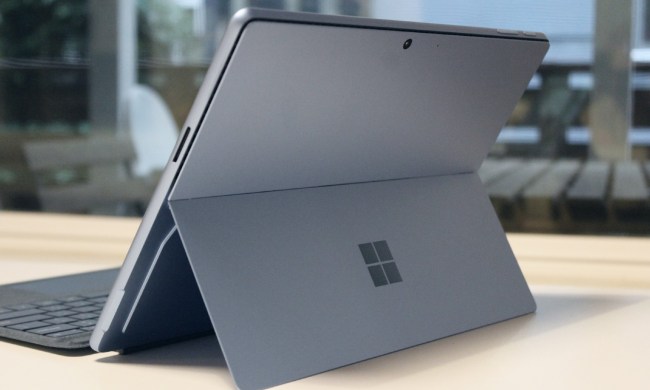
In collaboration with the Kanagawa Academy of Science and Technology, Fujitsu Laboratories Limited, and Yamagata Fujitsu Liimited, Fujitsu Computer Products of America says it has not only created "ideally ordered" aluminum nanohole patterned media which could enable the company to make storage media capable of containing 1 terabit per square inch—but the company can read and write from individual nanoholes using currently available flying-head hard drive technology. In theory, the development could enable the company significantly increase data density in hard disk drives, with potential storage capacities reaching as much as 1.2 TB on a two-platter, 2.5-inch hard drive.
"This technology achievement is a major leap for the industry and confirms Fujitsu’s position as a research leader on the path to one Terabit/in2," said Fujitsu Computer Products of America vice president David James, in a statement. "We expect this breakthrough to provide revolutionary changes for various IT and consumer applications."
The technology is detailed in the July 9 edition of Applied Physic Letters; essentially, researchers were able to apply perpendicular recording processes to create the alumina ideally ordered media at a pitch of 100 nm nanoholes, using a nano-imprint lithography, anodic oxidation, and cobalt eletrodeposition. Fujitsu was then able to confirm basic bit-by-bit read-write capabilities using a flying head over a 2.5-inch rotating disc—the same technology used in today’s conventional hard drives.
It will likely be a few years before consumers start seeing portable drives creep into the 1 TB range: success in the lab still needs to translate to economically feasible production processed and, of course, development of mass production capability.


